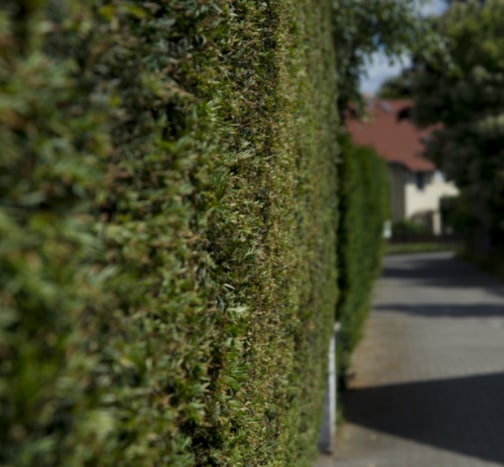Introduction: Pruning fruit trees is a vital orchard management aspect, impacting tree health and fruit production. One of the fundamental decisions orchard owners face is choosing between two primary pruning methods: Open Center and Central Leader. In this blog post, we’ll explore the differences between these approaches and help you decide which is best for your fruit trees.

Open Center Pruning:
- Overview:
- The Open Center, also known as the “vase” or “bowl” shape, is a common pruning style for fruit trees.
- It involves creating an open, vase-like structure with a central hollow core and several branches radiating outward.
- Benefits:
- Improved sunlight penetration: Open Center trees allow sunlight to reach all parts of the tree, promoting even fruit ripening and reducing disease risk.
- Easy access: Pruning, spraying, and harvesting are more accessible due to the open canopy.
- Ideal for low-height trees: Open Center suits dwarf or semi-dwarf fruit trees.
- Pruning Techniques:
- Annual maintenance pruning involves removing dead, diseased, or crossing branches and thinning out crowded growth.
Central Leader Pruning:
- Overview:
- The Central Leader style features a single, dominant vertical trunk with lateral branches arranged in tiers or whorls.
- This shape mimics a central leader or main trunk in the tree’s natural growth.
- Benefits:
- Stronger framework: Central Leader trees tend to have a more robust structure that can support heavier fruit loads.
- Enhanced cold hardiness: The central leader can better protect against frost damage.
- Longer lifespan: This method can extend the tree’s productive life.
- Pruning Techniques:
- Encourage strong scaffold branches by selecting well-spaced, outward-growing shoots.
- Annual pruning includes heading back to the central leader to encourage branching and thinning out excess growth.
Choosing the Right Shape:
Consider the following factors when deciding between Open Center and Central Leader:
- Tree Type: Semi-dwarf and standard-size trees often suit Central Leader, while dwarf varieties are better for Open Center.
- Climate: Central Leader may be preferable in colder regions due to its stronger central trunk, less susceptible to frost damage.
- Maintenance: Open Center is more accessible to maintain for homeowners due to its accessibility.
- Fruit Variety: Some fruit trees naturally adopt one shape better than another; for example, apple trees often work well with Central Leader.
Conclusion: The choice between Open Center and Central Leader pruning depends on your specific circumstances and preferences. Both methods have merits and can yield bountiful fruit harvests when executed correctly. Consider factors like tree type, climate, and maintenance ease to determine which shape best suits your fruit trees. If you’re uncertain, consulting a professional arborist can provide valuable guidance for achieving healthy, productive fruit trees in your orchard.
Call us on: 01843 264695
Click here to find out more about Ramsgate Tree Surgeons
Click here to complete our contact form and see how we can help with your tree’s needs.